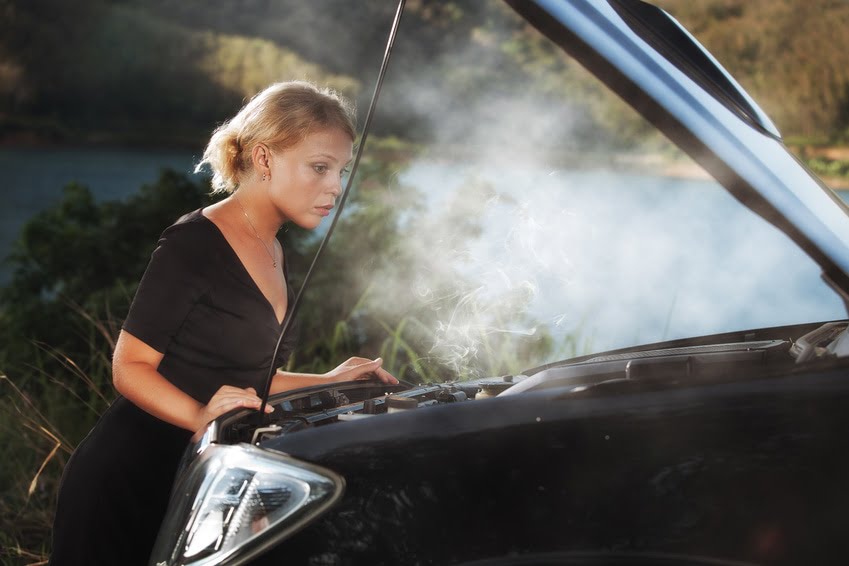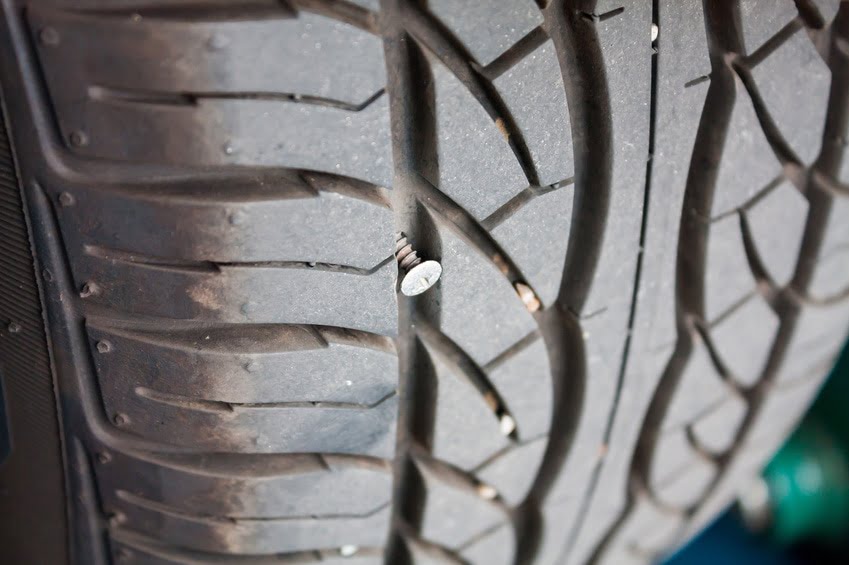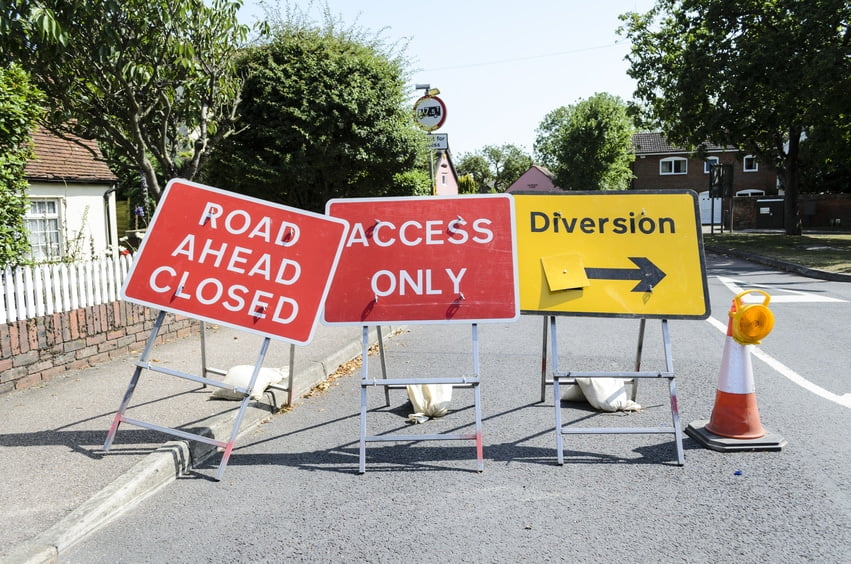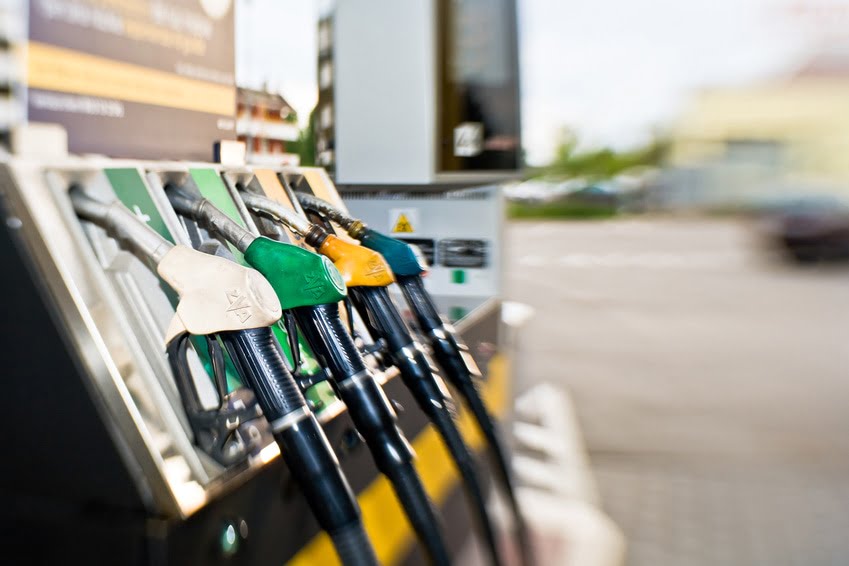There have been some brief glimpses that summer might be on its way, so expect rising temperatures and (fingers crossed) plenty of sunshine in the months ahead.
For motorists, the arrival of summer is both a blessing and a curse. Why? Because while the long sunlit days encourage us to get out and about and enjoy the best of the sunshine, half the population has the same idea — meaning lots of traffic jams and time spent staring at the back of a caravan while your car wastes fuel.
Couple mounting traffic with the threat of mechanical fault, and driving in the summer can become a stressful and demanding experience for both you and your car. So to guarantee safe, happy driving this summer, here’s our advice on coping with the challenges of the season — from mechanical issues to cutting your travel costs.
How the Heat of Summer Can Affect Your Car
While the effects of summer driving might not seem as dramatic as the cold temperatures of winter, it’s worth noting that heat does place extra demands on your car. Here, we look at the mechanical impact high temperatures can have on your car in the summer months.
Overheating 
Cars are designed to deal with high temperatures, and it’s up to the cooling system to maintain your engine’s temperature, however high the mercury rises. However, if your car’s cooling system has an underlying problem, the warm temperatures of summer could aggravate its symptoms and cause the engine to overheat.
By having your car serviced periodically, and checking the coolant/antifreeze level on a fortnightly basis, you can prevent a cooling problem ruining your summer road-trip.
Punctures
As temperatures rise and fall, tyre pressures tend to change slightly, usually by no more than a couple of pounds. When it’s hot, the pressure of your tyres is likely to increase, potentially pushing them over the recommended PSI for your load.
This could increase the chance of a blowout if the tyres are badly worn or damaged. Check the rubber for signs of wear, damage and cracks in the sidewall, and have them replaced if you see any of these symptoms. It’s also worth remembering that you should adjust tyre pressures to suit your load, as recommended in your car’s manual.
Further Summer Safety Issues
Summer may make for a more pleasant driving experience than the winter, but the season isn’t without its motoring pitfalls. Here, we offer tips on how to stay safe behind the wheel on the sunniest of summer days.
Glare
One of the biggest dangers for drivers in the summer is glare, which occurs when sunlight hits dirt and debris on the windscreen. Also known as sun dazzle, glare accounts for around 28 road deaths a year according to research by the AA — so it’s vital you know how to avoid it.
To prevent glare impairing your line of vision, keep your car’s windows clean inside and out, and make sure your screen wash reservoir is fully topped up before travel. Dirt and smears on the windscreen increase the chances of sun dazzle as well as generally impairing your vision. Also, check the condition of the windscreen wipers themselves, as they can cause smears if worn or cracked. And if in doubt, always carry a pair of sunglasses.
Road Works and Loose Chippings
You’ll notice more maintenance works take place in the summer, meaning you could find roads are being resurfaced. If so, watch out for loose chippings as stones can damage your paintwork and headlights. Stick to the temporary speed limit when driving over loose chippings, and keep your distance from the car in front.
Hay Fever
An obvious point, but an important one; if you suffer from hay fever, be cautious when sneezing behind the wheel, especially on the motorway. Sneeze at 70mph, and you’ll travel over 100m with your eyes shut — long enough to have an accident. Add in watery eyes and you can see how the dangers increase. If you’re planning a long drive, make sure you top up on hay fever relief before you travel. We know it’s impossible to prevent sneezing altogether, but it’s something to be aware of as summer comes around.
Summer Fuel Costs
The good news is that warmer weather can actually improve your fuel consumption, helping you to keep driving for longer. However it’s worth remembering that this can easily be negated by having your air conditioning on full blast for the whole journey.
Unfortunately opening windows while driving increases drag and also isn’t good for your MPG.
To get the most benefit from the warmer weather, open your car windows (and even doors if you can) before you set off to cool the car down. Once you’ve started driving, close the windows and run the air con for a little while to fill the car with cool air, but don’t leave it running constantly.
If you need more air, open the windows while you’re driving at lower speeds, as there’ll be less drag than when you’re on a motorway. Keep cold drinks in the car, in a cool box. Putting shades on passenger windows in the back can also help to stop the temperature rising for relatively little cost, and are particularly good for protecting children.
To help you to save fuel even with the air con on, add a shot of Redex to your car. To find out more, visit the Redex website.





